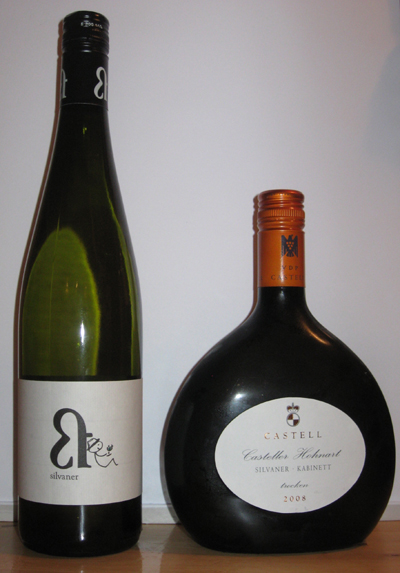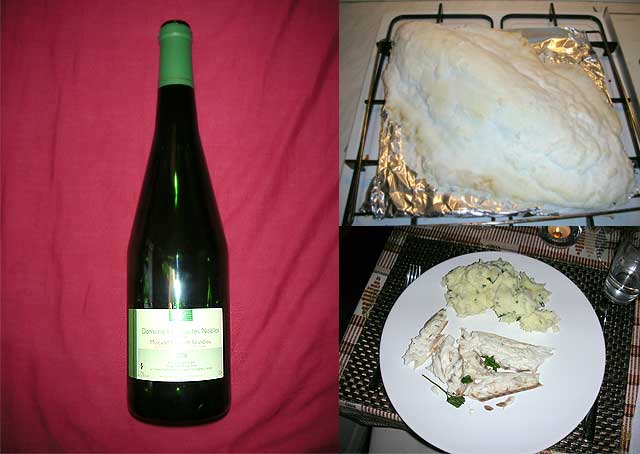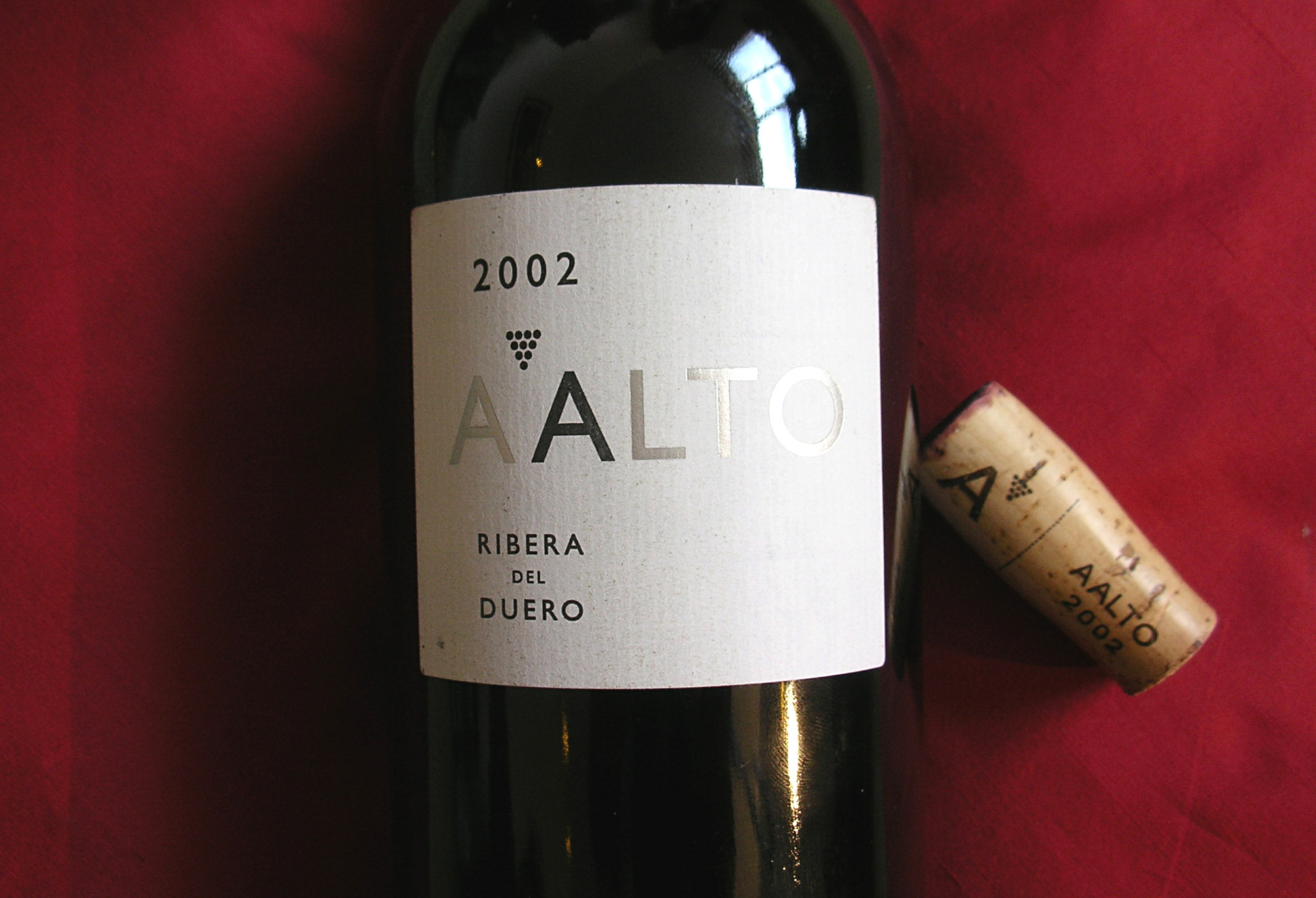Wittmann, Westhofener Riesling trocken, 2008
Wittmann needs no introduction, neither in the german wine scene nor on this site. They are well known as one of the leading lights from Rheinhessen, although it's always worth pointing out that they went seriously organic long before that became fashionable. The Westhofener is their mid-range dry Riesling, somewhere in between the single vineyard Große Gewächse and the simpler varietal QbA.
And you couldn't wish for better if, say, a friend had just fried a piece of tuna in a sesame crust for you:
Deep peachy Riesling fruit, razorlike yet ripe acidity, minerality, a great mixture of fruity power and mineral tension.
Another winner from an estate that seems incapable of making mediocre wine.








